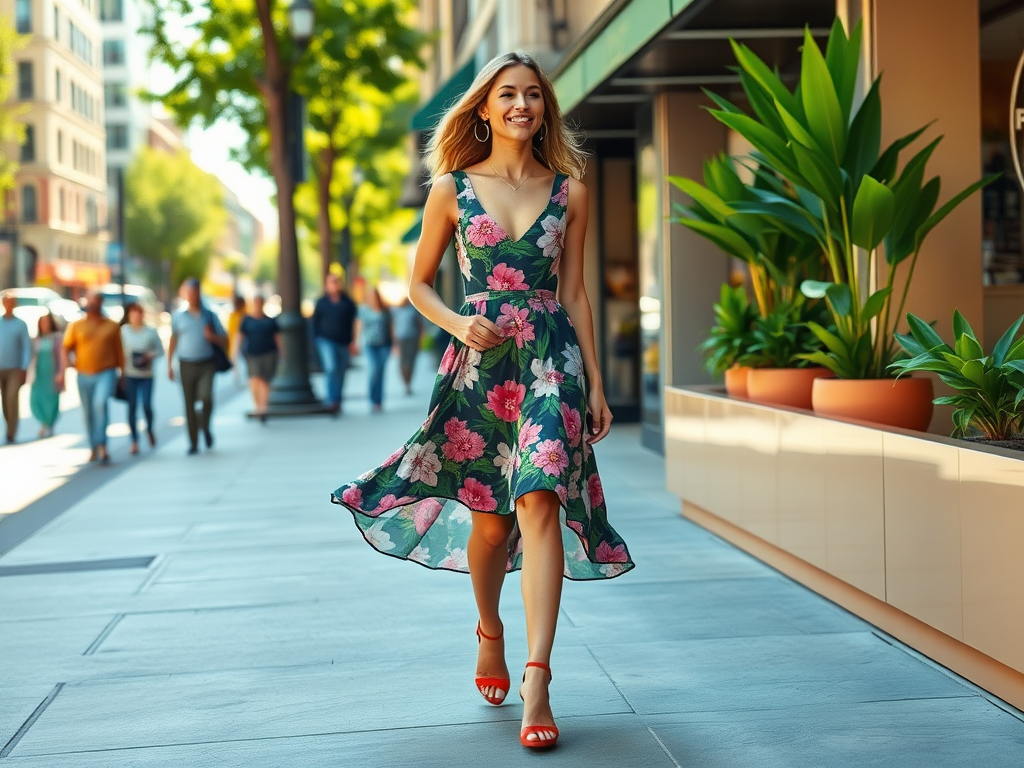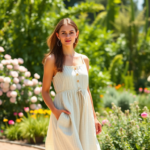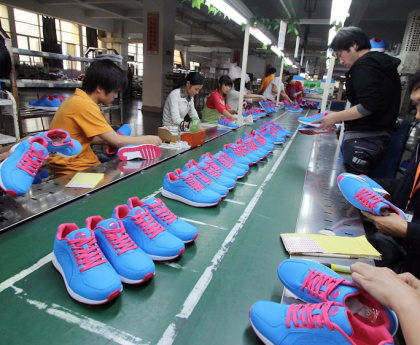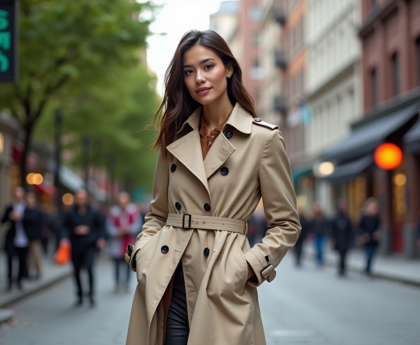The realm of fashion is often riddled with stereotypes, especially surrounding women’s attire. For decades, dresses and heels have been emblematic of femininity and traditional gender roles. However, a significant shift is underway, wherein women are increasingly redefining these centuries-old norms. By embracing personal style over societal expectations, women are challenging the notion that dresses and heels are only for formal occasions. This article seeks to examine how modern women are bravely breaking away from such stereotypes while fostering a sense of empowerment in the process. Join us as we delve into the evolution of fashion, the significance of empowerment, and the challenges women face in a world still beholden to archaic beliefs.
The History of Dresses and Heels
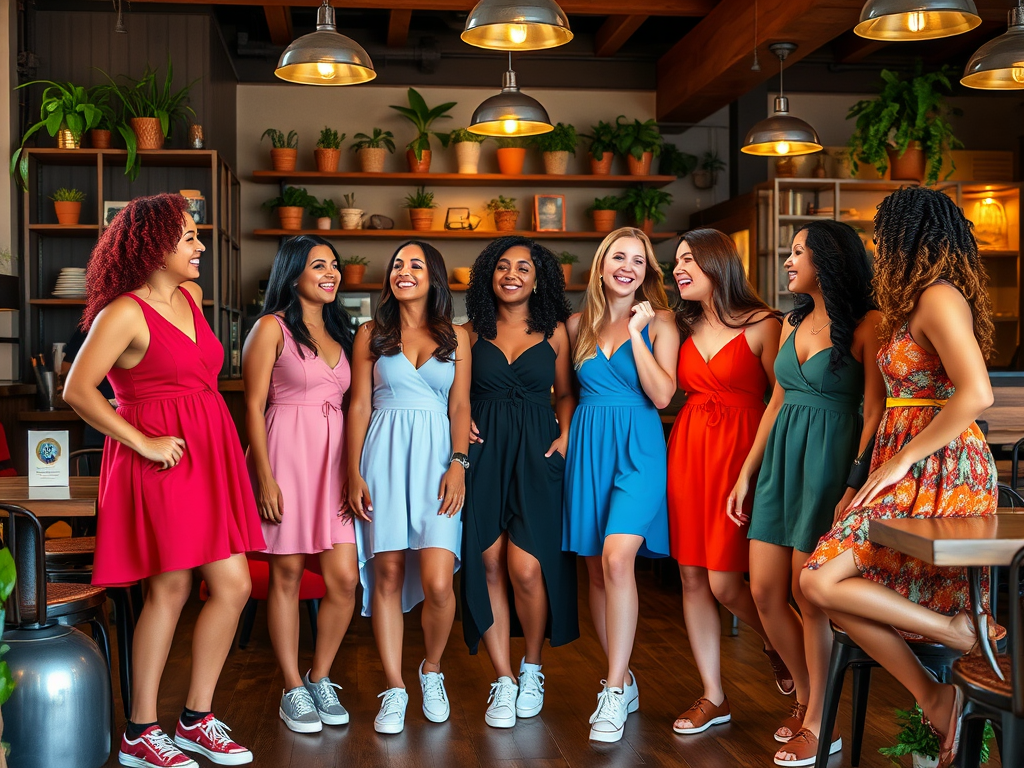
Dresses and heels carry a historical weight that significantly influences contemporary perceptions. Their origins can be traced back to various cultures that imbued them with cultural significance, bringing forth notions of femininity, status, and occasion relevance. This longstanding tradition often binds women to specific dress codes, reinforcing the stereotype that they should adhere to certain ideals. However, it’s essential to uncover how these symbols came to be revered and how women today are beginning to reclaim them. Stories of powerful women throughout history have showcased that wearing dresses and heels does not equate to submission but rather can symbolize strength and autonomy. Understanding this gives added context to the modern woman’s relationship with these traditional garments.
In different cultures, both dresses and heels possess unique meanings that go beyond aesthetics. For instance, traditional garments in many societies often carry connotations of respect and heritage. This section reveals varied perspectives, such as:
- Western Cultures: Emphasis on elegance and formality.
- Eastern Cultures: Rich ties to festivals and milestones.
- Indigenous Cultures: Symbolism representing spiritual beliefs.
As cultures evolve, so too do definitions of femininity. Modern interpretations call for a more inclusive representation, allowing women to don dresses and heels without the weight of societal judgment. As a result, the stereotype slowly begins to erode, paving the way for self-acceptance and personal expression.
Modern Fashion Trends

Today, the fashion landscape is bustling with new styles that reject monotonous norms. Women are increasingly opting for experimental takes on dresses and heels, combining comfort and style like never before. Many are stepping away from conventionality, choosing to survive in a world of fashion diversity. In this environment, style becomes a medium for self-expression rather than a mere adherence to societal standards. For instance, the rise of casual styles has led to women pairing dresses with more comfortable options to better align with their lifestyle needs. As flats and sneakers gain traction in the world of dress footwear, the perception of what it means to wear dresses and heels is being redefined.
Redefining femininity involves embracing one’s personal aesthetic. The growing trend of unconventional pairings, like sneakers with dresses, is a testament to women taking charge of their style narratives. Additionally, various social media platforms have emerged as outlets to showcase this change, encouraging women to break out of tradition and experiment with their wardrobes. From bold patterns to innovative designs, the landscape of modern fashion is a reflection of the aspirations and desires of women today.
| Style | Characteristics | Occasion |
|---|---|---|
| Classic Elegance | Chic silhouettes, neutral tones. | Formal events, weddings. |
| Boho Chic | Flowing fabrics, vibrant patterns. | Outdoor festivals, casual gatherings. |
| Sporty Casual | Comfortable fits, sneakers. | Daily wear, casual outings. |
The Empowerment Factor
Empowerment plays a central role in the decisions women make regarding dresses and heels. In a society where clothing often reflects deeper values, what women choose to wear can convey independence and self-assertion. For many, wearing a dress and heels signifies not just style but also a celebration of femininity and strength. Through this choice, women can present themselves as confident, daring, and capable of challenging traditional norms. Furthermore, the options available today create opportunities for self-exploration and expression. This empowerment transcends the fabric and stitches of clothes, touching upon broader themes of identity and acceptance.
Choosing to wear dresses and heels can be an act of liberation for many women. While societal expectations often dictate how women should present themselves, modern wear reflects a unique blend of personalizing trends. This liberation comes not only from looking good but from feeling comfortable in one’s skin. When women express themselves through fashion, it’s no longer just about pleasing others; it is about asserting one’s place in a world where confidence reigns supreme.
Not Just for Special Occasions
The perception that dresses and heels are strictly for formal events is a myth that is quickly fading. Today’s fashion versatility allows women to incorporate these elements into their daily lives seamlessly. The trend of integrating casual styles has created an opportunity for women to wear their favorite outfits anytime. This transformation is indicative of broader societal shifts, signifying the increasing acceptance of diverse fashion expressions. Finding the right balance between chic and comfort can be a challenge but also brings forth a plethora of fresh outfit combinations. Women are now exploring options to make everyday wear just as compelling as formal attire.
- Picking flowy dresses for breathability.
- Selecting block heels to ensure comfort.
- Layering with casual jackets for a relaxed vibe.
Overcoming Challenges
Despite the growing trend of diverse styles, several challenges loom for women embracing dresses and heels in everyday settings. One of the most pressing issues revolves around comfort versus style. Often, high heels carry a reputation for discomfort, discouraging many women from including them in their daily outfits. Thankfully, contemporary designers are responding to these concerns, crafting shoes that marry aesthetics with functionality. Innovations in materials and design are redefining what it means to wear heels without sacrificing comfort. By shedding light on these challenges, we pave the way for thoughtful solutions that empower women even further.
To navigate the fine line between comfort and style, here are some tips that can help:
- Choose heels with cushioning for added support.
- Opt for adjustable straps to customize fit.
- Experiment with lengths and designs to find what flatters without compromising comfort.
Conclusion
Breaking the stereotype surrounding women in dresses and heels involves celebrating individual choices and recognizing the ongoing evolution within fashion. While traditional ideals may have confined women to rigid norms in the past, the present encourages a vibrant array of self-expressions. In embracing this diversity, women can craft identities that defy expectations while wielding their fashion choices as empowering statements. This newly defined relationship with dresses and heels epitomizes the spirit of the modern woman: bold, confident, and ever-evolving.
Frequently Asked Questions
- What does it mean to break the stereotype of women in dresses and heels?
Breaking the stereotype means choosing to wear dresses and heels for personal reasons rather than societal expectations. - Can women wear dresses and heels casually?
Yes, many women now opt for casual styles that incorporate dresses and heels, making them suitable for everyday wear. - Are heels always uncomfortable?
While traditional high heels can be uncomfortable, many modern designs focus on comfort without sacrificing style. - How can women express empowerment through fashion?
Fashion can be a powerful tool for self-expression, allowing women to showcase their individuality and confidence through their clothing choices.
